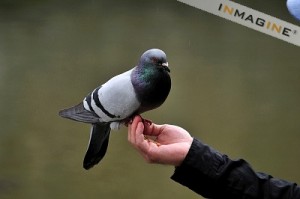 Selection
Selection
Selection is at the basis of all breeding and the improvement of all animal species depends on it. Long before any animal breeder ever used his stockman’s eye to select certain individuals, natural selection had from the very first beginning been at work. Natural selection is the driving force behind evolution – as made famous by Charles Darwin – and though there’s nothing natural in the manner that birds today are selected and bred, we can see an evolutionary process in our racing birds.
The speedsters of today do not look anything like the pigeons of 200 years ago, certainly their homing skills and the ability to race back in a short time, is far superior. That is selection and artificial evolution at work, through ‘survival of the fittest’, as anything not good enough is ruthlessly eliminated or lost. (The same is happening to all the fancy varieties but to an even greater degree as they resemble the original rock pigeon less and less. The fancy varieties must comply with manmade show standards, otherwise they are eliminated and only the best, according to the standard, are bred from).
A Conundrum
Selection and selective breeding (by man) is accomplished by seeking out a specimen with desirable attributes and allowing that specimen to produce with another selected individual, as many young as is feasible, at the same time restricting the increase of progeny from unselected specimens.
Together with identifying the manner in which to proceed in order to improve the breed, selection in the breeding of racing pigeons also produces a very real dilemma for the ardent breeder. This is because pigeon racing is bedeviled by the fact that the physical characteristics found in champion pigeons are also to be found in worthless specimens!
It’s all very well to say that ‘like will beget like’ but we know that color for example, has no bearing on the capability of a racing pigeon. A ‘blue bar’ champion racing pigeon may have untold ‘blue bar’ offspring but one may be as useless as the next. Similarly a champion pigeon with pearl eyes can have many offspring with pearl eyes but is that a sign that all are going to be as good as their illustrious parent? We know from experience that it is not. Even when both the sire and the dam are champion racing pigeons, there is no guarantee that their children will be. They might not even be average!!
Q. “Are you then saying that the above laws of selection and selective breeding are not applicable to racing pigeons?”
A. “No, certainly not”
Q. “Well then, what does ‘selection’ mean in terms of racing pigeons? What is being selected for?”
A. That question leads us to the crux of all racing pigeon breeding. We all know what we are selecting for, what we want. We want winners, i.e. pigeons that will win and win again.
But the real question is:
Q. “How do we select the breeders to produce those winners?”
A. We now come to the crucial exercise; for that is really the purpose behind all our endeavors. There are three methods.
We can:
- purchase birds that have already proven themselves by breeding winners for others or
- We can find them from amongst your present stock or
- We can buy unproven stock.
The first option, purchasing proven breeders, may seem to be the best answer but is not without its problems. The most serious drawback is that the winners were bred by the previous owners and were (most likely) flown by him, there being no guarantee that the offspring will perform as well under your own circumstances as under that of the previous owner. Your feeding might be different, your training, your medication, loft, system of keeping pigeons, the area you race in, distances, weather and so on. There are numerous aspects of your racing that might be different from those of the previous owners, differences that may seem small but are important enough to totally upset the winning performances of your newly acquired bloodlines.

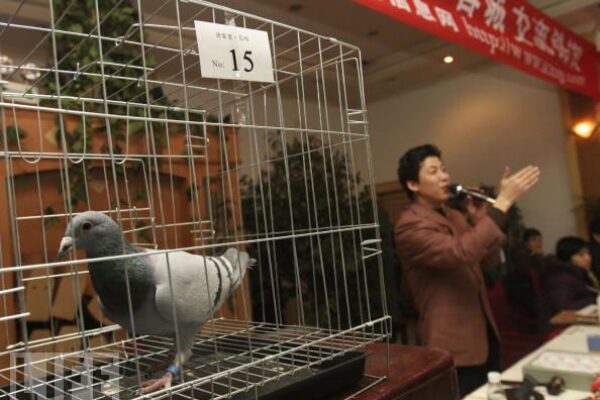
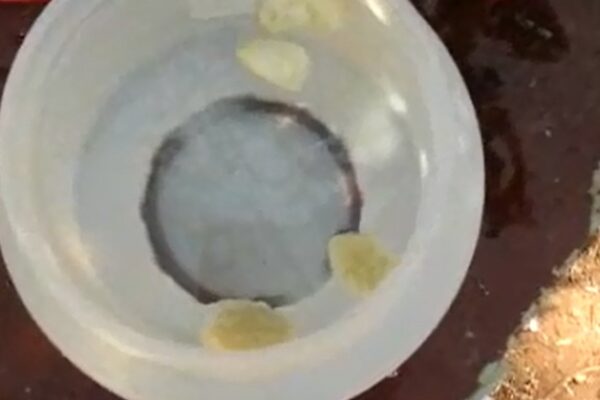
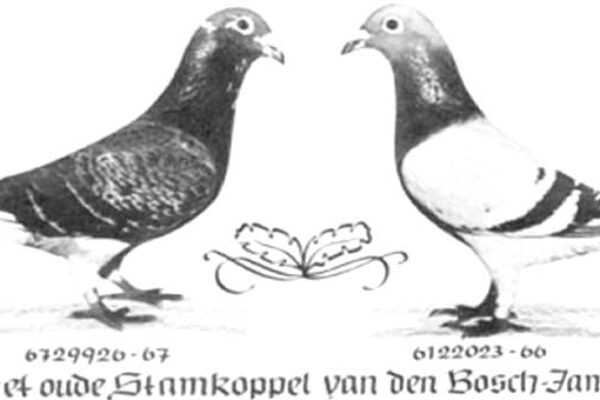
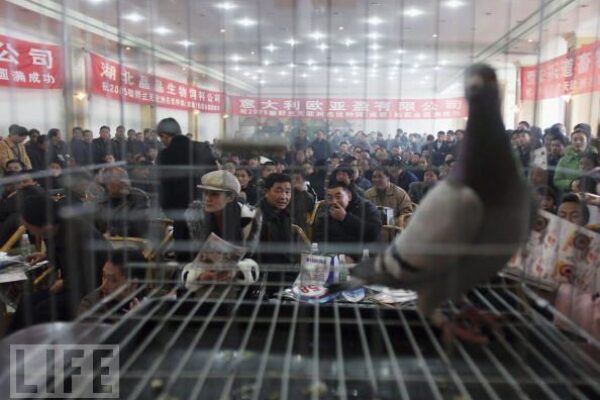

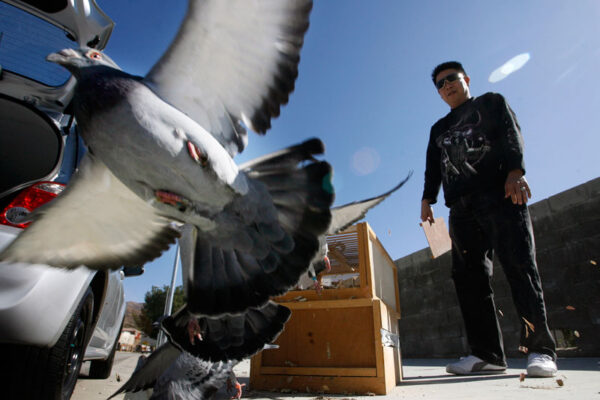


Hi i found that yuo should start with very good pigeons when l
breed and have children then l line breed with father then i breed thoes offspreeng (brother sister)then i breed thoes two offsprings from (brother sister)withfather and mother .i have good resalt .lalways going forwad not back .
Thank you so much
This is so true about selecting breeders. As a fancier, I have noticed this. For example, if a champion breeding pair produce 12 young birds, and you happen to lose 8-10 young birds, then you’ll have to get rid of those breeders or change the mated pairs.
On the other hand, if you get 8-10 good flyers/ winners from the breeding pair, then the fancier can truly say he/she hit a jackpot.
Hola Chris, en lo personal yo soy un gran creyente en la selección de nuestros ejemplares. Desgraciadamente no he leído algún artículo que mencione sobre la cuantificación de “tiempo-distancia” en las palomas mensajeras. Quiza sea la piedra angular que estemos buscando para producir campeones en todas las distancias. Genética Cuantitativa es mi propuesta. Saludos.
I love it I gain so much knowledge thanxs
fantastic site
Great article, looking forward to reading more about the topic, I hope the author gets into the genetics and breeding alot more intense.